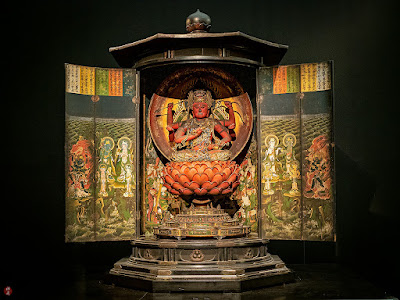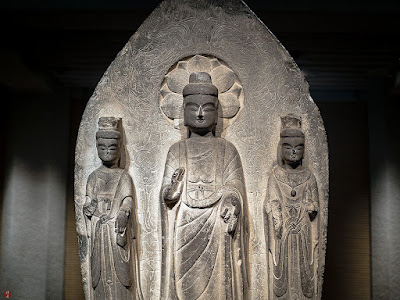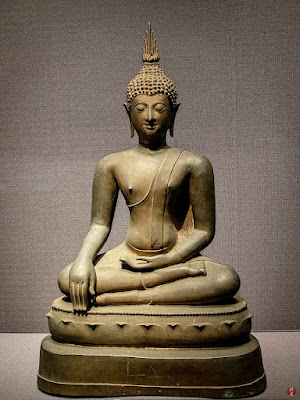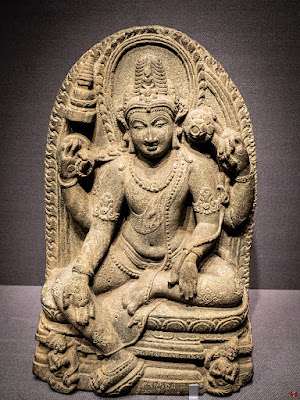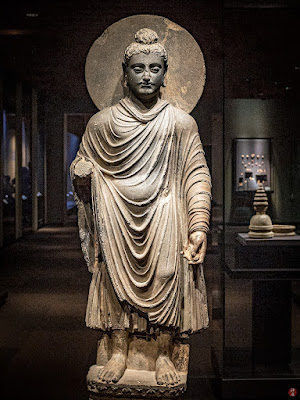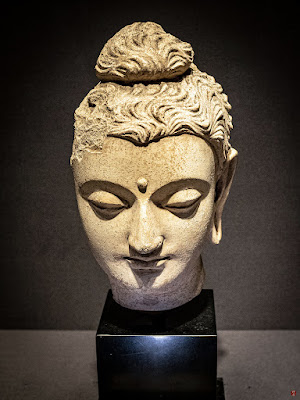My photographic notes about the four seasons in Kamakura or the gardens of Zen
September 20, 2022
Kongokai Dainichi Nyorai (Mahavairocana):Tokyo National Museum
Aizen-myoo (Ragaraja): Tokyo National Museum
Japan, Kamakura period, 13th century
Aizen-myoo is an avatar of Buddha and the raging god of love believed in Shingon Esoteric Buddhism. He has three eyes and six arms, wears the crown of a lion's head, is red in color with anger, and is seated in the lotus position with his legs crossed. He holds a bow and arrows in his six arms to destroy human demonic stupidity, and a Hobyo (sacred water vessel) is placed below the lotus seat to sprinkle the water of mercy.
As "Aizen(love)" suggests, he is in charge of human love and lust and has the power to transform our earthly lust and greed into pure bodhicitta (enlightened mind), symbolizing the extinction of worldly desires and the attainment of enlightenment.
Humans have many desires and greed, which have the power to drive us to endless destruction and agony, but, at the same time, they also have the power to energize our lives. Aizen-myoo's teaching is to purify such crude human desires into the sinless and pure energy that causes spiritual enlightenment.

